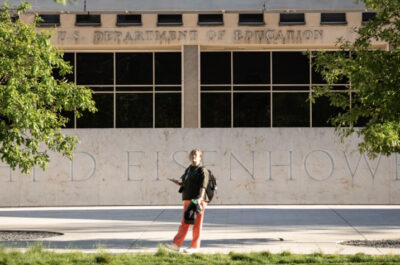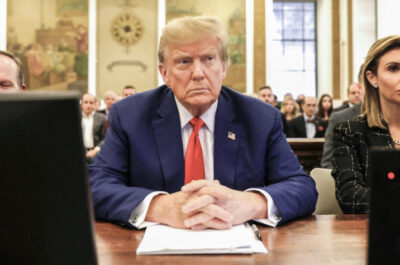By Chase Smith
Contributing Writer
The U.S. Postal Service said this week it is seeking to raise the price of first-class forever stamps from 73 cents to 78 cents this summer, the latest in a series of increases aimed at achieving financial stability.
If approved by the Postal Regulatory Commission, the price hike would take effect on July 13 and represent a roughly 7.4% increase across mailing services. Similar increases would apply to metered letters, domestic and international postcards, and other mail products.
The proposed rate adjustment follows a similar increase last year when the price of a stamp rose from 68 cents to 73 cents. Forever stamps, introduced in 2007, are first-class postage stamps that can be used to mail a standard letter at any time, regardless of future price increases.
If the new proposal is approved, the price of a forever stamp will have increased by 56% since 2019, when it cost 50 cents.
USPS said in a statement that the changes are needed to support its 10-year plan, which is intended to modernize infrastructure, improve service and close long-standing budget shortfalls. Officials said that USPS prices remain among the lowest internationally and noted the agency receives no taxpayer funding for operating costs.
“As changes in the mailing and shipping marketplace continue, these price adjustments are needed to achieve the financial stability sought by the organization’s Delivering for America 10-year plan,” the agency said. “USPS prices remain among the most affordable in the world.”
The proposed changes would also lower the cost of postal insurance by 12% and include separate price filings for marketing mail and package services, depending on pending regulatory decisions.
USPS has faced mounting financial strain as first-class mail volume continues to decline in the digital era, and retailers such as Amazon have begun delivering some of their own packages. That pressure has intensified in recent years, prompting a series of rate increases and operational reforms.
Former Postmaster General Louis DeJoy, who stepped down in March, warned Americans to expect uncomfortable postage increases as part of the agency’s effort to correct what he described as a “defective pricing model.” DeJoy’s departure followed broader discussions within the Trump administration about restructuring or even privatizing parts of USPS.
Deputy Postmaster General Doug Tulino is serving as acting head of the agency, which delivers mail to more than 169 million addresses six, or in many areas seven, days a week.
President Donald Trump previously suggested bringing USPS under the Commerce Department to increase oversight and reduce losses. In fiscal year 2024, while the agency reported an operating revenue of about $79.5 billion — generated primarily through the sale of postage stamps, products and services — it produced a net loss of $9.5 billion.
The Postal Regulatory Commission is expected to issue a final ruling on the proposal in the coming weeks.
The Associated Press contributed to this report.








